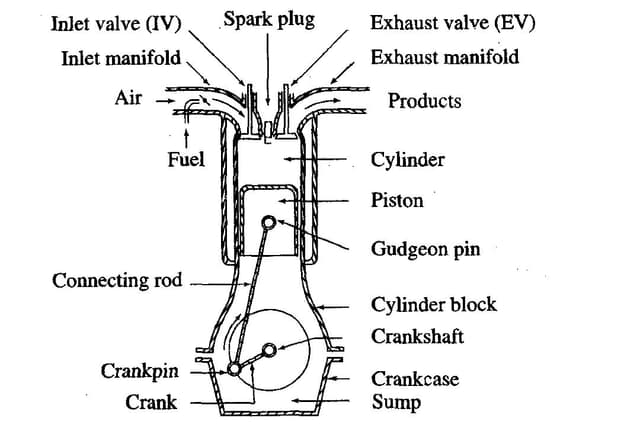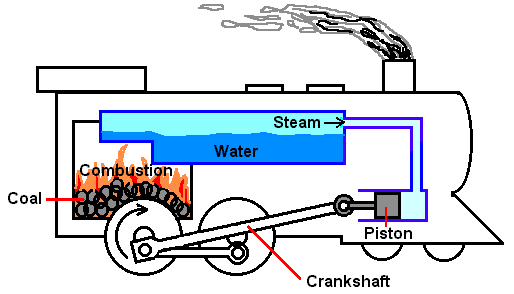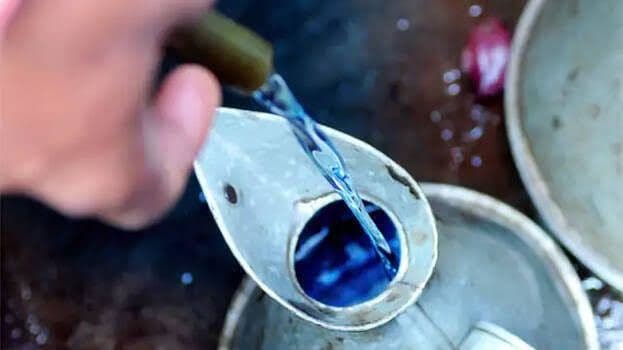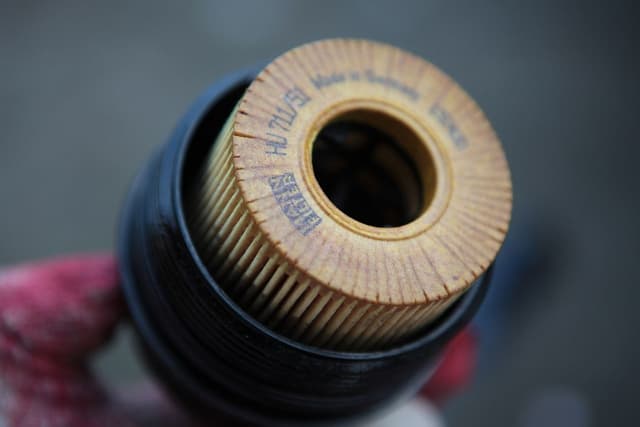Selective Catalytic Reduction
The exhaust gases are cleaned using the Diesel Exhaust Fluid (DEF) or the urea solution which is injected into the silencer. The silencer has a built-in SCR Selective Catalytic Reduction and a diesel particulate filter. This is used to reduce emissions of nitrogen oxides and particulates in the exhaust gases.

Bablu Yadav
Posted in Automobile Engineering
.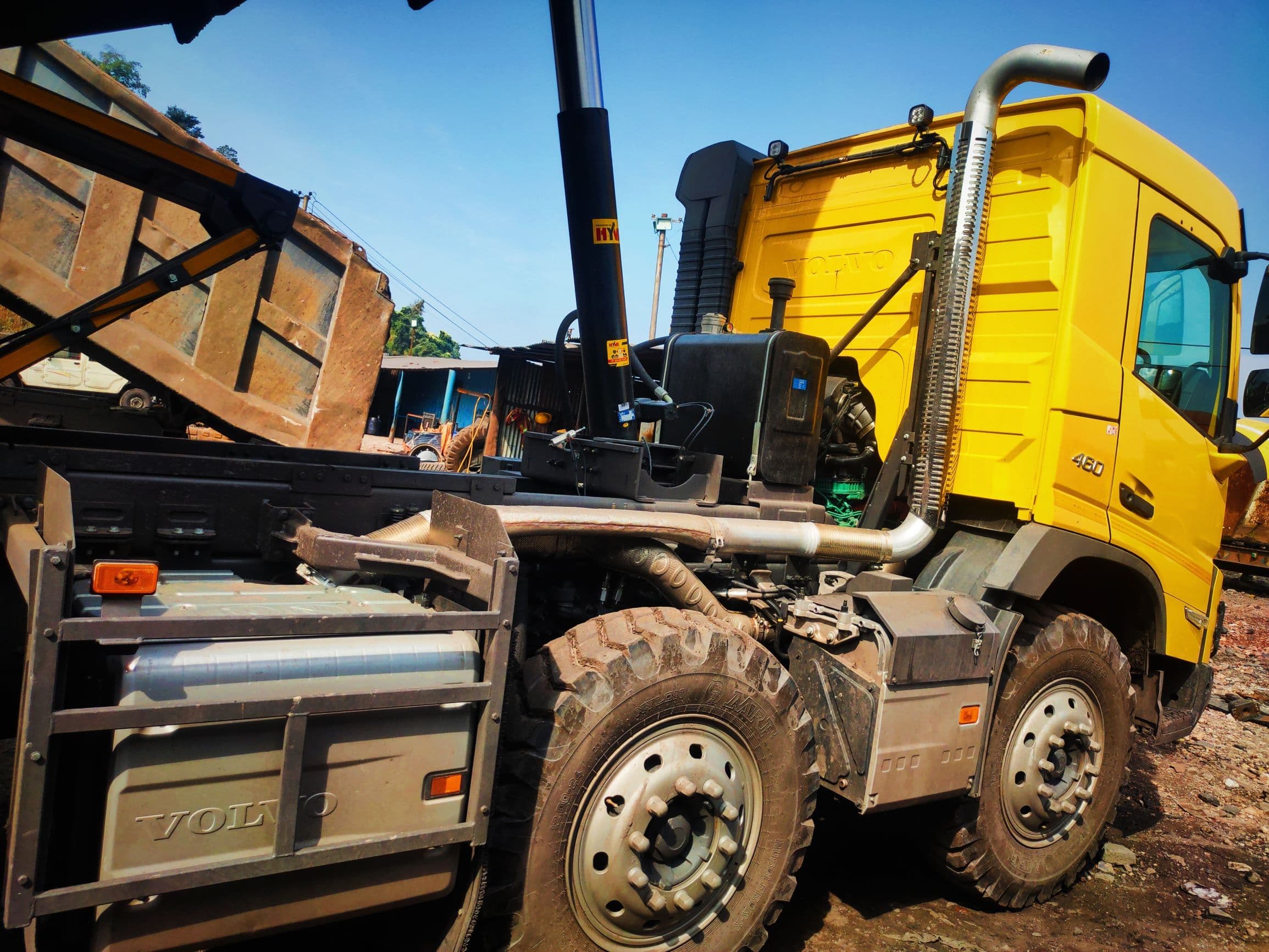
Introduction
The exhaust gases are cleaned using the Diesel Exhaust Fluid (DEF) or the urea solution which is injected into the silencer. The silencer has a built-in SCR (Selective Catalytic Reduction) and a diesel particulate filter. This is used to reduce emissions of nitrogen oxides and particulates in the exhaust gases.
Need of SCR system:
The vehicle being equipped with catalytic exhaust gas cleaning, SCR technology (Selective Catalytic Reduction) and a diesel particulate filter fulfills all the requirements accordance with the standard made by Environmental pollution control agency. The system is designed to deal with exhaust gas cleaning at varying loads while holding down fuel consumption at the same time. With regular service the system will clean the exhaust gases throughout the service life of the truck.
Fuel
The catalytic converter and diesel particulate filter require a sulphur-free (<10 ppm) fuel in order to work. Refuelling with the wrong fuel damages the system and damage the exhaust gas cleaning.
NOTE- Use sulphur-free fuel.
The cleaning process for removing soot from the particulate filter means the filter is heated up in order that the particles shall be burned. This means that the exhaust gases can become very hot. For this reason, keep the area around hot components clean. In trucks pay attention during power take-off driving, for example, that hot exhaust gases do not cause any injury.
Function and maintenance :
It is important that the system is used in accordance with the instructions and that diesel exhaust fluid is always in the tank. Regular maintenance must be carried out in order to ensure the function of the system.
A cloud of water vapour may occur during cold starting and driving away. This is more noticeable than for an engine without exhaust gas cleaning. The formation of a water vapour cloud may occur at temperatures up to +5 °C. Water vapour can also be formed during starting after shorter breaks and during the use of engine braking, but then to a lesser extent than during cold starting.
Adblue
The urea solution is sold under the AdBlue brand name. It is a colourless fluid consisting of urea and distilled water. It may have a slight odour of ammonia. The concentration of urea in AdBlue is 32.5%. AdBlue fulfils the ISO/FDIS 22241-1 standard. It is the only urea solution approved by Volvo for filling in Volvo's trucks. AdBlue® can also be marketed under other names depending on the distributor and can be used as long as ISO/FDIS 22241-1 standard is fulfilled.
If the fluid does not fulfil the standard, the intended cleaning effect of the exhaust gas is lost and the SCR system may be damaged.
Refilling and consumption :
Always check the AdBlue level in connection with refuelling (see page 10). Consumption is affected by driving style but is normally approx. 8% of diesel consumption. Example: 100 litres of diesel consumption results in approx. 8 litres of AdBlue consumption.
Handling and spillage:
AdBlue is not dangerous but should be handled with caution.
If AdBlue is accidentally spilled on the truck, rinse with water and then wipe with paper or cloth. The solution can be aggressive when it gets hot and can then damage e.g. adjacent connectors, cables and hoses in the event of leaks.
AdBlue freezes at approx. -11 °C. This is not a problem because the SCR system is heated. The truck can be started and driven normally.
Conclusion:
AdBlue is highly corrosive and can damage connectors. If AdBlue comes into contact with connectors and wiring then they must be replaced, cleaning is not sufficient.

